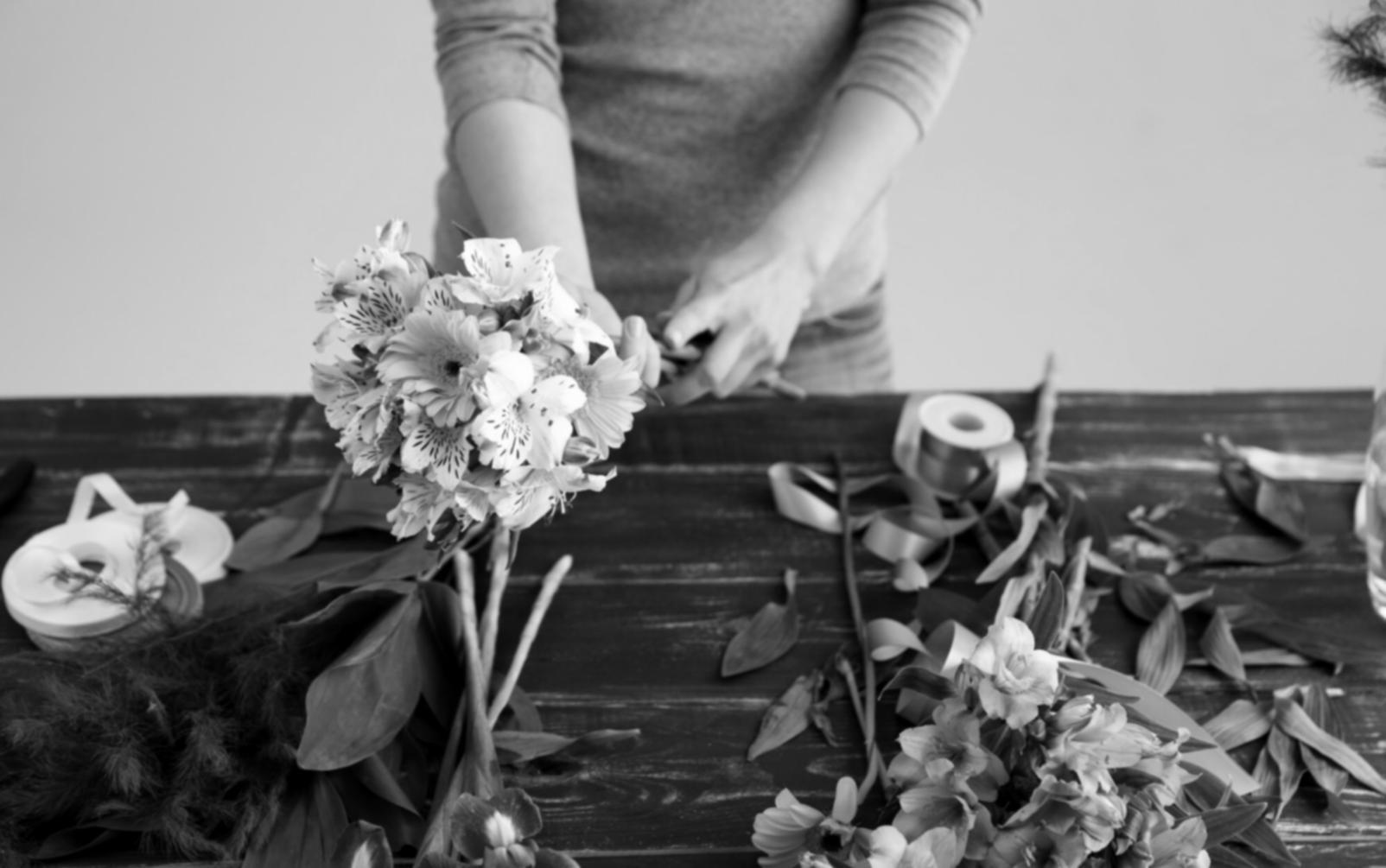We teach flowers to people who didn't think they had the hands for it
Our masterclasses started because someone asked if we could show them "just the basics" after watching us arrange centerpieces for a wedding. That was three years ago. Now we run weekly sessions where people discover they can create arrangements they'd only ever bought before.
Join Our Next Session
How we actually run these sessions
Most of our students come in saying they "kill every plant" or that they're "not creative." By the end of their first class, they've made something they want to photograph. Here's what makes that happen.
Small groups only
Six people maximum. You get actual attention when you're cutting stems at the wrong angle or choosing colors that fight each other. We've tried bigger groups—it doesn't work.
Real flower budgets
We teach you to work with what's actually available in Baku markets, not some imported Dutch roses that cost a fortune. You learn with carnations, local greenery, seasonal blooms—things you can afford to practice with at home.
No pretentious terminology
When someone in our first-ever class asked what "focal flowers" meant, we realized we'd been speaking in code. Now we say "the big attention-grabbing bloom" and save everyone the confusion.

Why we started teaching instead of just arranging
For years, we did wedding arrangements and corporate events. Good work, steady clients. But we kept getting asked the same question: "Could you teach me how you did that?"
At first, honestly, we said no. Teaching felt like giving away trade secrets. Then a bride's mother offered to pay us just to watch us work for an afternoon. She took notes. Asked questions about wire gauge and stem conditioning. By the end, she'd made a small arrangement herself—not perfect, but hers.
That changed something. We realized people weren't trying to steal our business. They wanted to understand a skill that looked mysterious from the outside. So we started running monthly workshops in 2022, then weekly by mid-2023. Now it's become the part of our work that feels most meaningful.
What actually happens in a three-hour masterclass
We've refined this format based on what works. Not what sounds good in a brochure—what actually gets people making confident arrangements by the time they leave.
Flower selection walk-through
We show you what we bought that morning and why. Which stems were good value, which ones to avoid, what substitutions we made because the usual suppliers were out of stock.
Prep work that matters
Conditioning stems, removing thorns properly, cutting at angles that actually help water uptake. The boring stuff that makes everything else possible.
Building your arrangement
You work, we watch and adjust. We'll tell you when something's off-balance or when you're overthinking it. Most people need permission to stop adding flowers—we give you that.
Taking it home successfully
You leave with your finished piece plus instructions for keeping it alive. We also send photos of everyone's work—people like seeing what others created with the same materials.
What past students have told us
I came in thinking I'd learn to copy professional arrangements. Instead, I learned why certain combinations work and others don't. Now when I see flowers at the market, I actually know what to do with them. That shift happened faster than I expected.
The class size made the difference. I'd tried a workshop before with twenty people—you basically watch a demonstration. Here, they caught me making the same mistake three times and showed me exactly what I was doing wrong. My arrangement looked rough, but I understood why.

